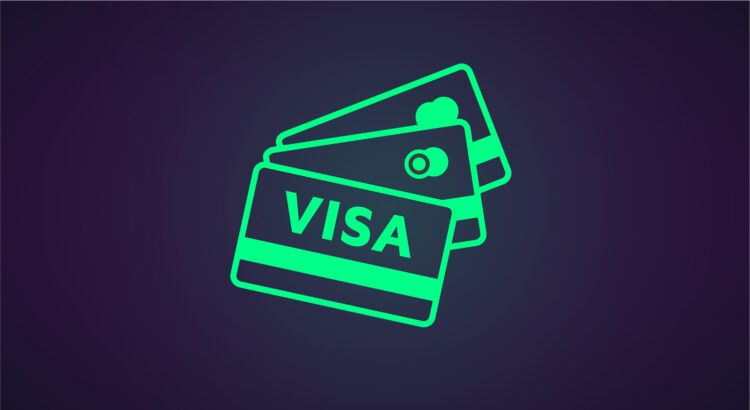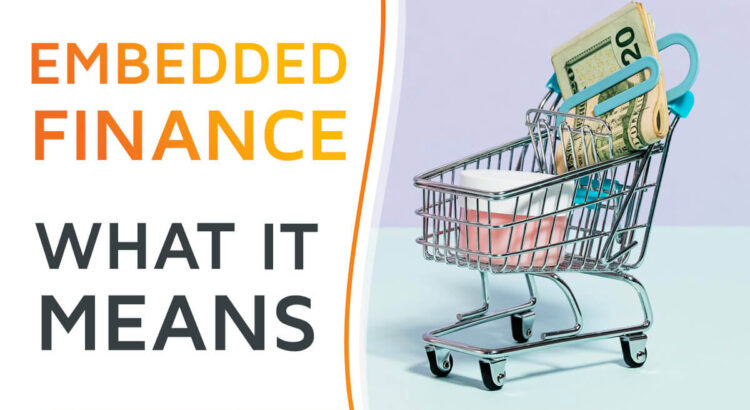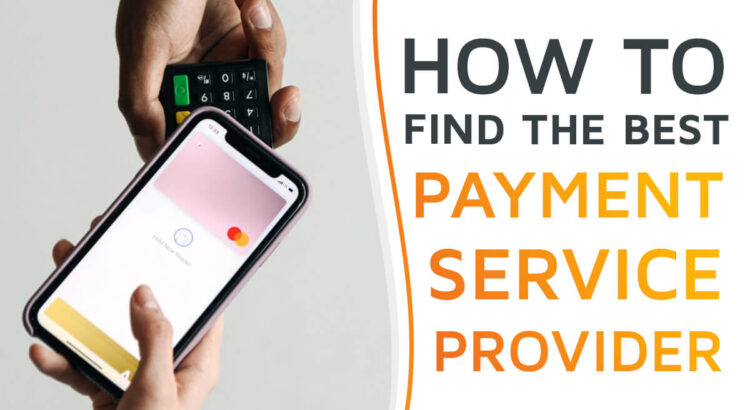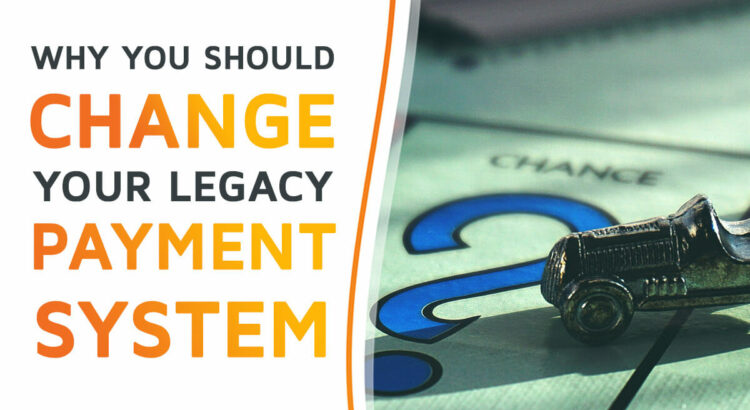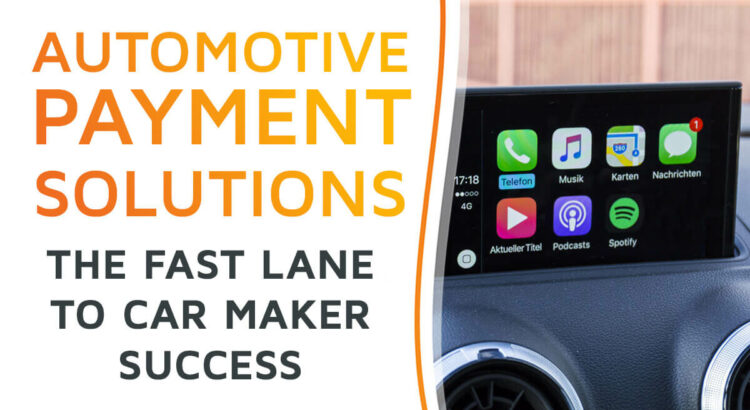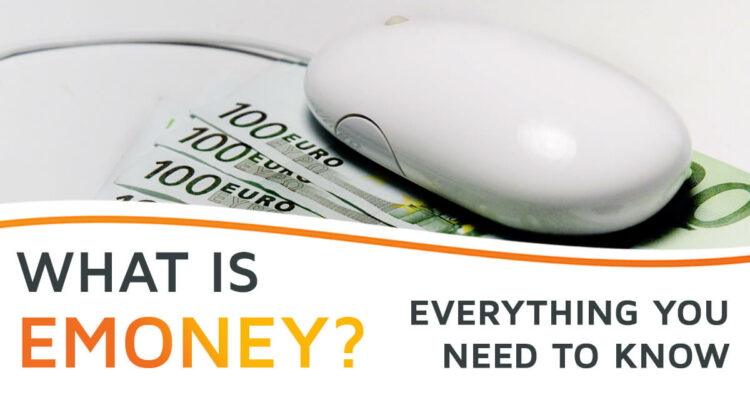On today’s online platforms, we face an extensive choice of (digital) payment methods, some of them fairly non-traditional (like blockchain-based payments), some having been around for a while (like credit card, direct debit, vouchers and gift codes). In some countries, payment methods that bridge the online and offline spheres of web shopping remain popular, too, such as cash-on-delivery. In others, BNPL and e-wallet-based payment flows are popular. This article will take a deep look into one specific form of online payment, though:
Card-Based Online Payments
These include all manners of payment cards such as Credit Cards, Debit Cards and Prepaid Cards. They may exist in purely digital form or have a physical equivalent. In any case, local banks issue the cards and they operate on the rails of international or domestic Payment Card Schemes.
In the following paragraphs, we will focus on credit card-based payment systems, presenting their basic flows and involved parties (like issuer, acquirer and so on). This article will examine in detail:
- What parties are involved in a typical online card-based payment transaction
- What’s behind various technical payment terms
- How a Three-Party and a Four-Party Card Model differ
- How typical online payment processes and chargebacks proceed
And go!
Read More